You’re driving down the street when you spy someone on a bicycle coming into your lane, and you get angry, maybe mutter a profanity or two.
Perhaps you think bikers in the road are dangerous. When they “take the lane” by riding in the middle of the road, you may have to swerve to pass them, or slow to a crawl. Maybe you think cyclists are unpredictable and don’t follow the rules of the road, the way that you do.
As more cyclists assert their rights to the road – on roads designed mostly for cars – the tension between drivers and bikers has become a palpable facet of daily life. Behind the shouts of “share the road” or “take the lane” there is a complex mix of emotions and issues, including fear, isolation and entitlement. And the stark fact that a car might weigh about 3,500 pounds, while bikes weigh in around 25 pounds.
“Drivers feel put upon by cyclists. They usually come up behind (bikes), because they travel faster than them on average, so they feel they have to negotiate or maneuver while taking all the responsibility for safety,” said Tom Stafford, a psychologist in England who has written about drivers’ frustration with cyclists. “Cyclists aren’t a danger to cars, but cars are a lethal danger to cyclists. Perversely, this can make drivers more angry because they feel like they are exposed to the risk of hurting someone, which they resent.”
Changes to state law that took effect Oct. 15 aim to clarify some of the rules that dictate the emotion-filled relationship between cyclists and drivers. They include the definition of a class of “vulnerable” users, those who are more likely to be injured in a collision: pedestrians, wheelchair users and cyclists. They also include language that clarifies the responsibilities of cyclists to follow the rules of the road.
MORE BIKES, CARS AND ANGER
Beyond the emotions and psychology of the car-bike relationship, there are concrete reasons for the tension. More people than ever are using bikes in traffic, for one.
The U.S. Census Bureau estimates that the number of people who commute by bicycle increased by 62 percent from 2000 to 2014, to about 904,000 nationally. And bike riders, in Maine and elsewhere, are organized and politically active. Bike groups advocate for laws that codify cyclists’ rights while trying to counter the image, created by a handful, that cyclists are militant mavericks who do what they want on the road. Cycling advocates say that when they promote actions that seem to rile drivers, like “taking the lane,” it’s because it’s the safest thing a biker can do in many circumstances. Plus, on some streets or roads, where speed limits might be 25 or 30 mph, accomplished cyclists aren’t necessarily going much slower than that.
The Bicycle Coalition of Maine recently worked to promote legislation, sponsored by state Sen. Amy Volk, R-Scarborough, that made several changes to state law, including some aimed at making it easier for a police officer to ticket a cyclist for running a red light or stop sign, or for riding against traffic. Bicycle Coalition members said they want all cyclists to follow the same rules of the road as drivers, for the sake of safety.
“When you see (cyclists) riding against traffic or not stopping for a light, it’s really, really frustrating because it can be dangerous,” said Jen Skinsacos, 40, of Westbrook, who used a bike as her primary transportation for several years while living in Boulder, Colorado. “Cyclists knew the rules of the road there. It’s not something I see in Maine.”
Cyclists who take the lane, however, typically are following the rules of the road. In many areas, the traffic lane is the safest place for a cyclist to be, said Tracie Reed, a Portland architect who doesn’t own a car and teaches bike safety. She pointed to Congress Street in downtown Portland, where the side of the road is filled with parked cars. Riding to the right would leave a biker vulnerable to opening doors or cars pulling out, she said.
“The safest thing I can do in that case is own the lane,” said Reed, 33. “I get honked at sometimes, but my goal is to not get hit.”
Bicycle advocates know the actions of a few cyclists can influence drivers’ opinions, said Jim Tasse, assistant director of the Bicycle Coalition of Maine. He thinks there’s a bit of a double standard when drivers condemn all bikers by using an example of a cyclist who swerved in front of them. They more quickly accept an automobile driver’s erratic behavior as part of the routine of the road, he said.
But he admits that group rides, so popular in southern Maine that you can find one every day of the week, are a particular source of the frustration for drivers. Cyclists say they like the camaraderie of group rides and the idea that they might be pushed to ride harder. But drivers see a mass of bicycles on the road and get annoyed.
One group that rides on Saturday mornings from Portland and onto Route 77 in Cape Elizabeth sometimes includes 40 or more riders. And though most group riders say they don’t advocate riding more than two abreast, there are times when they do. There are times when riding in a pack can be safer, some cyclists say, because drivers can clearly see the group from a distance and because cars often can more easily pass a group of cyclists at once rather than a string of them riding single file.
“Are we perfect on the road? Not all the time,” said David Brink, a co-owner of Cyclemania bike shop in Portland, who helps organize group rides for the Portland Velo Club. “There are times, on certain roads, going uphill, where the group gets strung out and there can be frustration.”
WHAT DOES THE LAW SAY?
The law governing “rules of the road” for bicycles does not specifically mention whether bikes can ride two or more abreast. It does state that someone riding a bicycle “at a speed less than the normal speed of traffic moving in the same direction at the same time” should ride to the right “as far as practicable” except when it’s unsafe, as determined by the cyclist. So there’s a big gray area.
The law does list specific times when a cyclist does not have to ride to the right and can take the lane, including while passing another cyclist, preparing to make a left turn, going straight at an intersection where right turns are allowed, or avoiding possibly hazardous situations, such as doors of parked cars that could be opened, broken pavement, glass, sand or puddles.
A Maine Supreme Judicial Court decision last year confirmed the legal responsibility of car drivers to look out for bikes wherever they are. The court upheld a $750,000 judgment awarded to Monica Semian, who was hit by a bus in 2010 in Ogunquit. She had three surgeries because of injuries. Lawyers for the bus company had argued that the award should be thrown out because Semian was passing the bus on the right, at her own risk. But the ruling said that state law about passing on the right “does not insulate a motorist from liability under these circumstances.”
In scenic areas where there are a lot of group rides, police receive frequent complaints from drivers. Falmouth police get maybe a dozen calls each summer about cycling groups on Route 88, said Lt. John Kilbride, head of the patrol division.
Officers have pulled cycling groups over to talk to them about staying to the right, Kilbride said. Sometimes patrol cars use their loudspeakers to remind cyclists.
“Riding three abreast is not being as far to the right as possible,” Kilbride said. “When we observe this, we address it.”
Falmouth officers have ticketed bikers, though the most recent incident Kilbride could recall was a single rider running a red light on Route 1.
IS IT ALL IN OUR HEAD?
The tension over bikes on the road stems from the idea of “social categorization” where a larger “in group,” in this case drivers, tends to overgeneralize the negative aspects of the smaller “out group” of bikers, while downplaying their own negative characteristics, said Tom Vanderbilt, author of the New York Times bestseller “Traffic: Why We Drive the Way We Do (and What It Says About Us),” who has researched the psychology of drivers’ attitudes.
“Cyclists can become irrational, law-breaking people who are holding up traffic, while drivers who do the same thing are just some guy,” Vanderbilt said. “Another reason (for the tension) is a simple lack of familiarity. A driver who is not also a cyclist is less likely to empathize with, or even understand the behavior of, a cyclist on the road. Our reflex is to simply treat them as a novel hazard in the moment.”
Plus, Vanderbilt said, driving for many of us is an anti-social experience. We’re alone in a private place, the car, but we’re in public.
“Being in a car, anonymous, is like being an unknown commenter on a newspaper article, (there is) an exaggerated sense of self, a tendency toward hostility, a disregard for the usual off-line social niceties,” he said.
Speed is also a major factor, said Richard Russo, a Pulitzer Prize-winning novelist from Camden who loves riding a bike but doesn’t own one anymore. It’s not so much the different speeds at which bikes and cars travel, Russo said, but how conditioned we’ve become to never accepting anything less than top speed when doing anything.
Basically, Russo blames the Internet.
“The bicycle in the street is the file that doesn’t download fast enough,” he said. “We’ve just come to accept that speed is king and we don’t like having our way blocked. When something takes an unexpected second or two longer than we expect, we go berserk.”
That’s a recipe for seething angst, at 35 mph or more.
Send questions/comments to the editors.


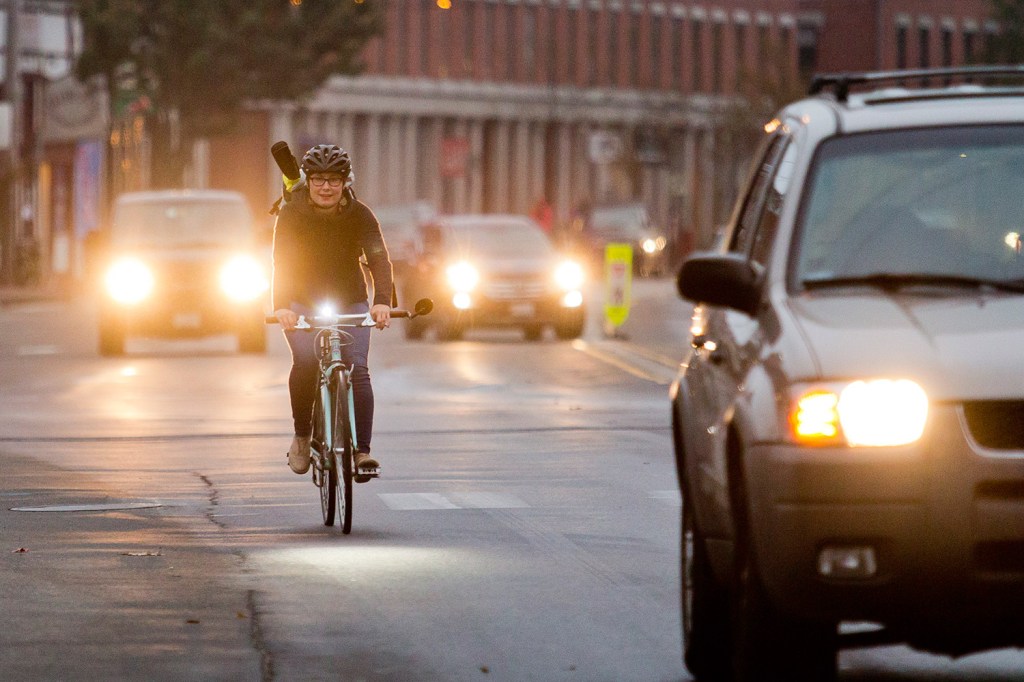
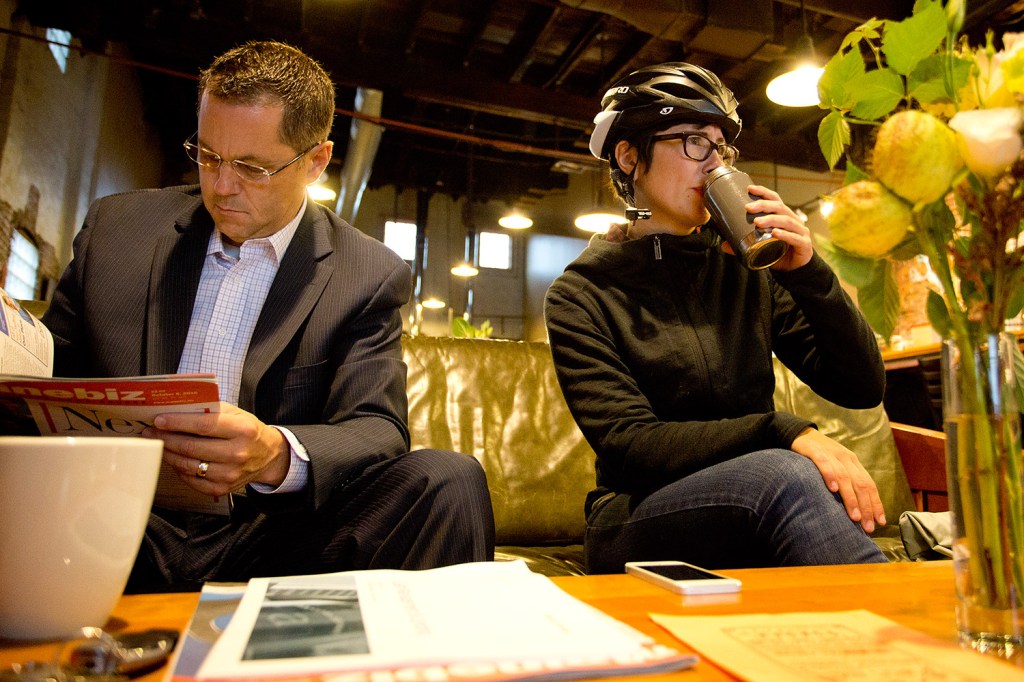
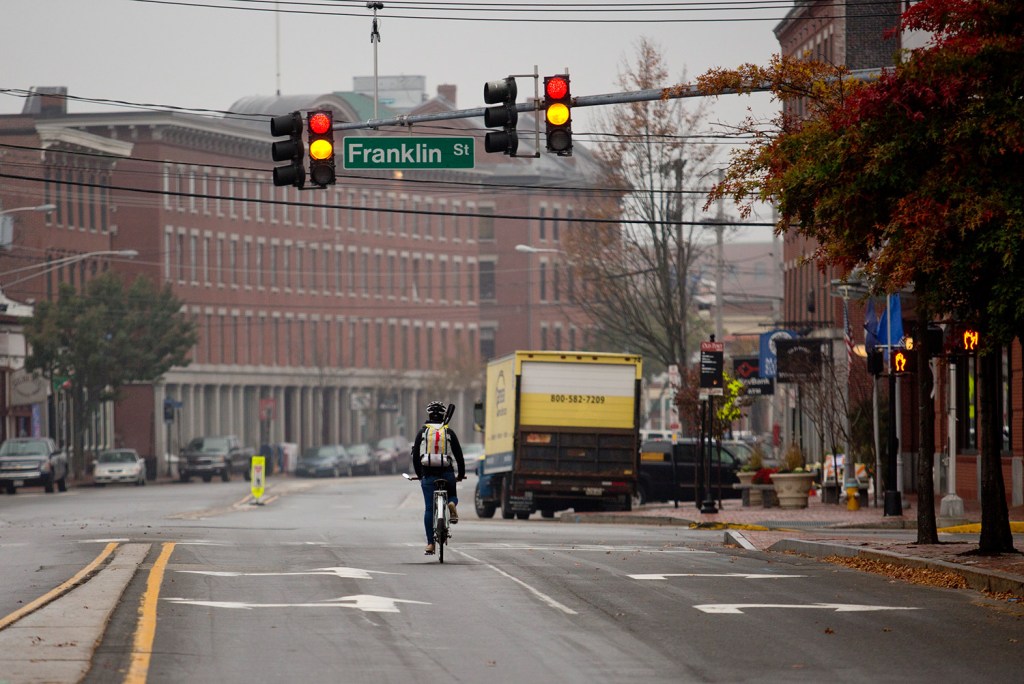
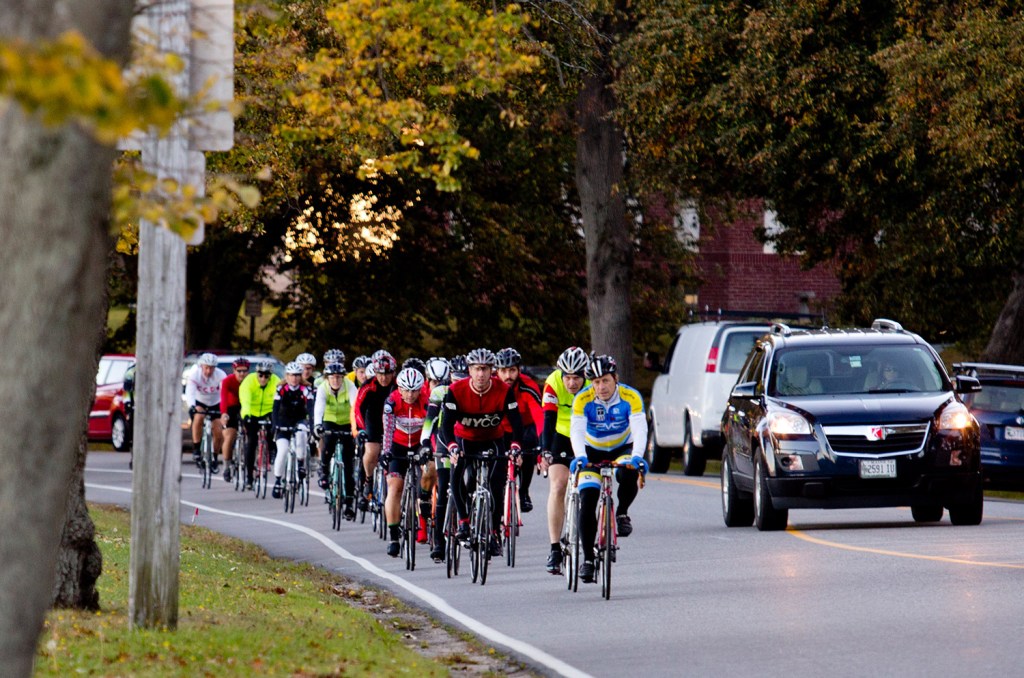
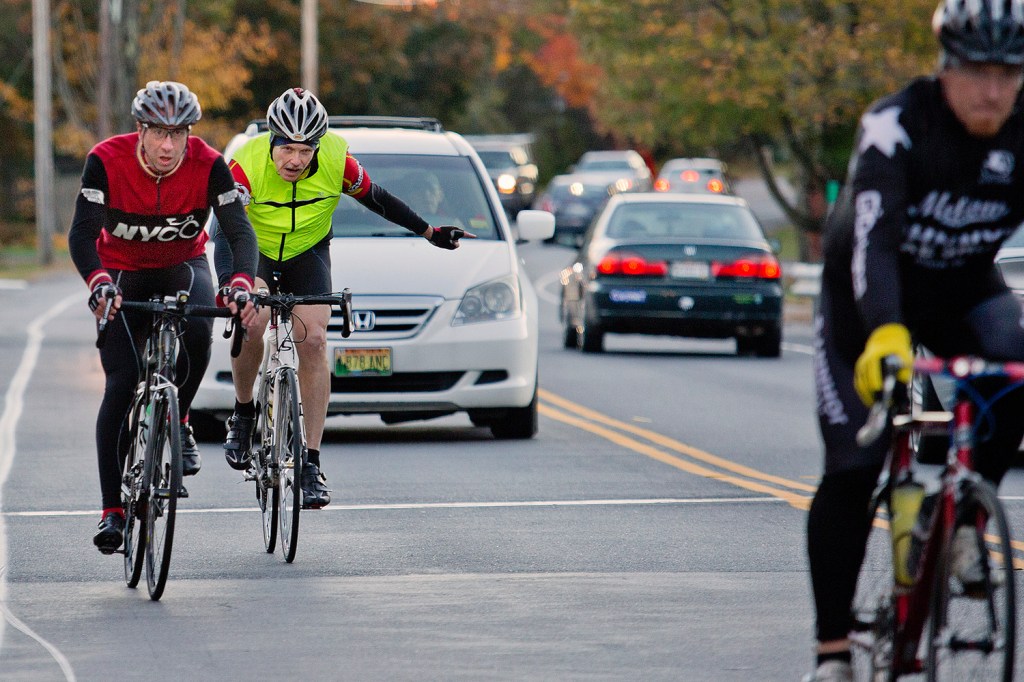
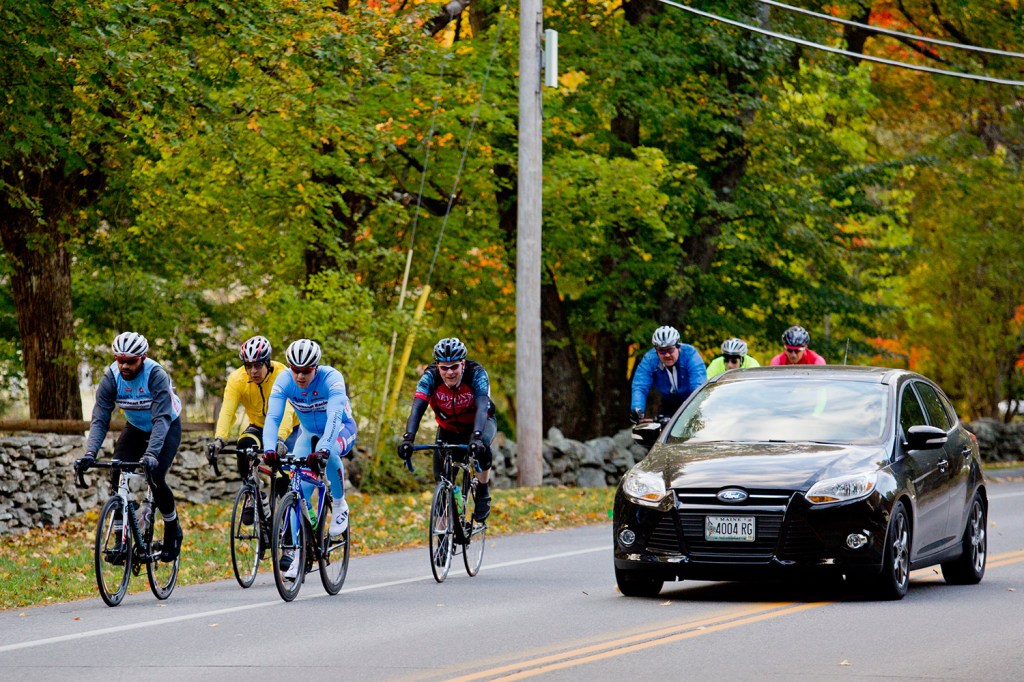
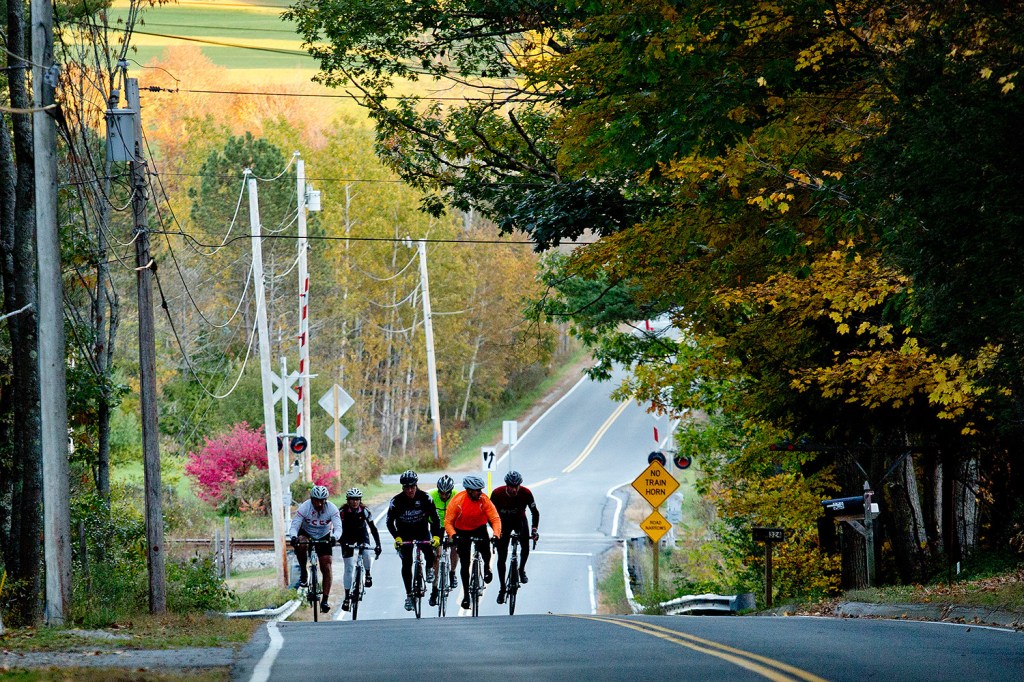
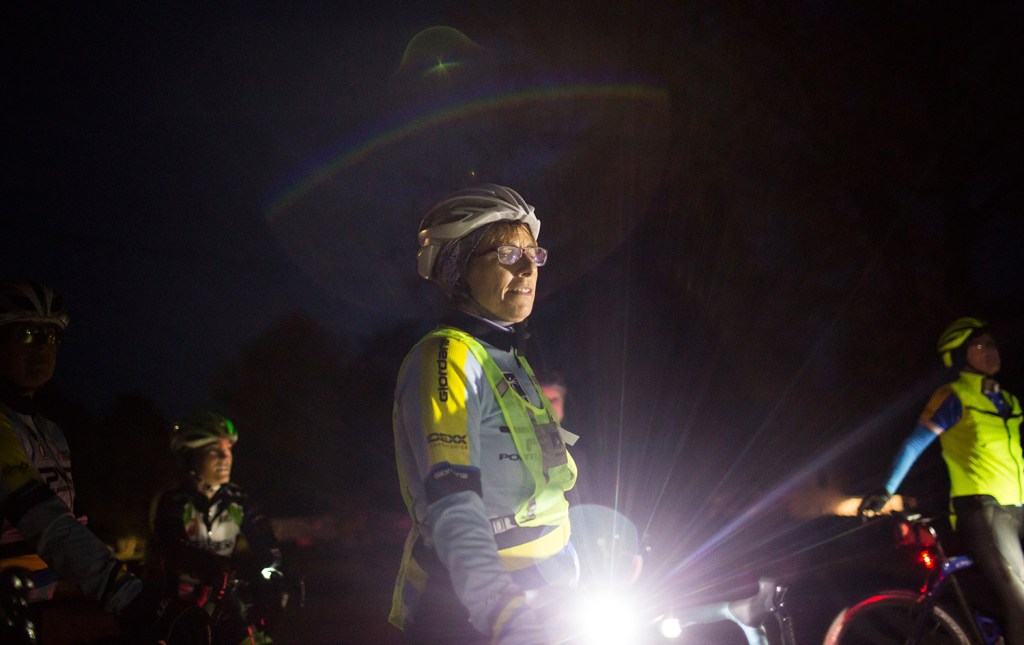
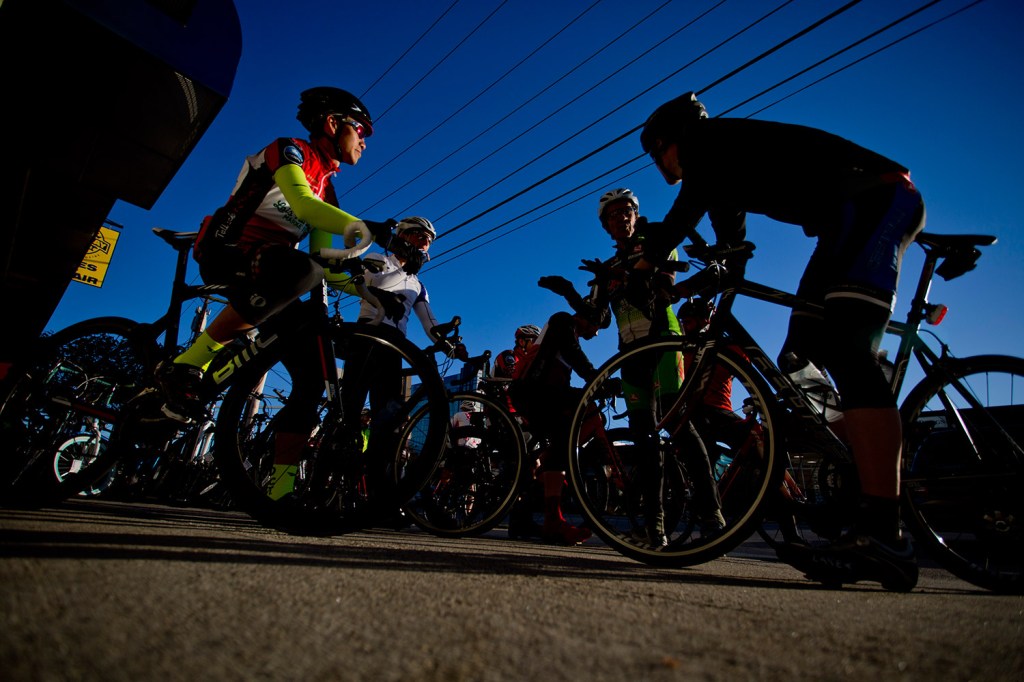
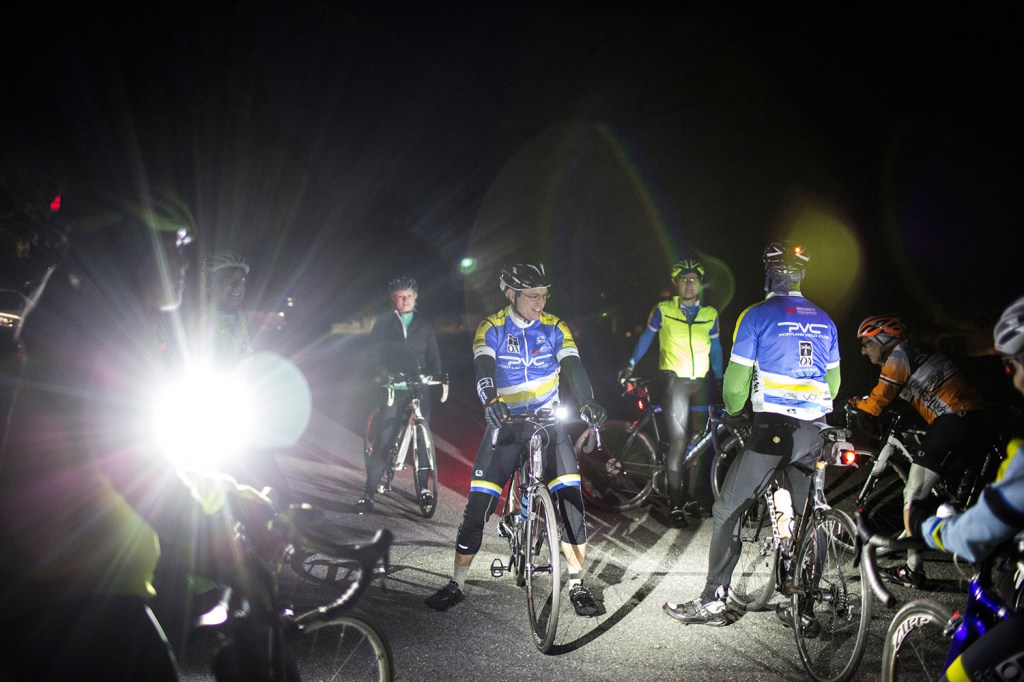

Success. Please wait for the page to reload. If the page does not reload within 5 seconds, please refresh the page.
Enter your email and password to access comments.
Hi, to comment on stories you must . This profile is in addition to your subscription and website login.
Already have a commenting profile? .
Invalid username/password.
Please check your email to confirm and complete your registration.
Only subscribers are eligible to post comments. Please subscribe or login first for digital access. Here’s why.
Use the form below to reset your password. When you've submitted your account email, we will send an email with a reset code.